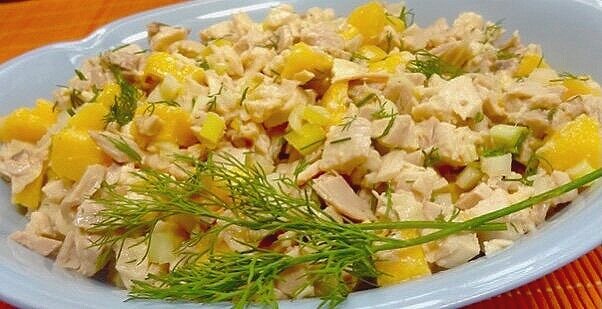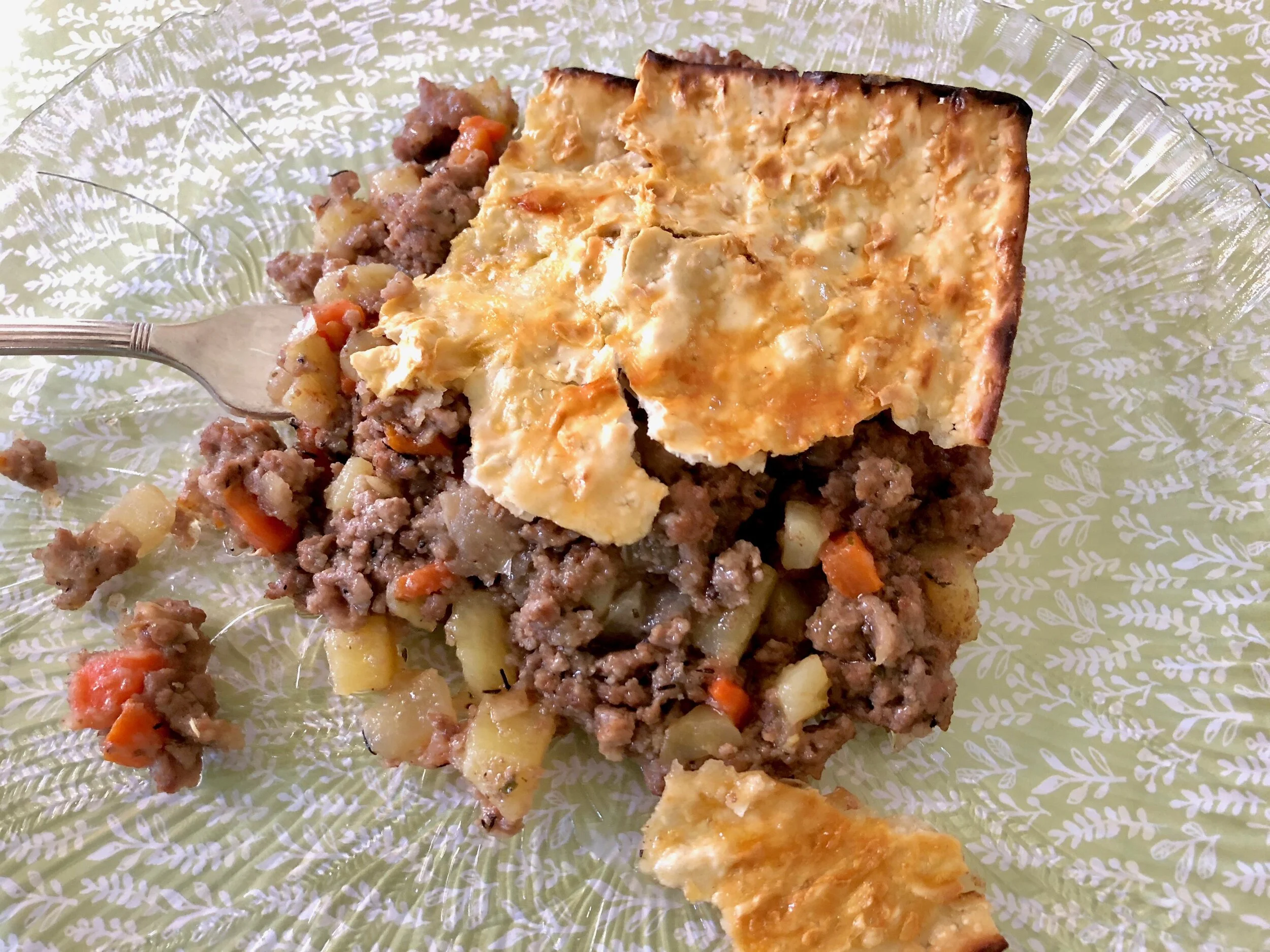I was heartbroken when my favorite bakery, the one that had the best hamantashen ever, closed a few years ago. It was The Bakery, in Plainview, Long Island, across the street from my contact lens eye doctor. They also had the best Mandel bread and the best Russian coffeecake, babka (both cinnamon and chocolate) and almond horns.
Also Jewish corn bread. And Chinese cookies.
I would call them in advance to place an order and after the visit to the eye doctor, would go get my stash, place it all (except for one hamantashen) in the trunk of my car and head home to Connecticut. I bought two freezer shelves worth, which was enough for six months (to time the next doctor visit).
I now buy hamantashen at Cafe Dolce, in Norwalk, CT. They’re awesome, like from The Bakery. Similar dough, same apricot and prune lekvar filling (but alas, no Mandel bread, babka, etc.)
Every year I bake a new hamantashen recipe to see how close I can come to those memorable ones. This year I came really close — these have a soft, crumbly, flavorful dough with just a hint of citrus. There’s a good balance of dough to filling. Lekvar of course. I didn’t have any jarred lekvar so I made my own (recipe is below the recipe for hamantashen, although I have made lekvar before using the recipe here.
But - this is a dairy recipe. My next venture is to try this dough using vegetable shortening. I’ll let you know how it turns out,
Meantime, these are delicious. All my tasters have said so.
Shortbread Hamantashen
2 cups all-purpose flour
2 teaspoons grated orange or lemon peel
3/4 teaspoon baking powder
1/2 teaspoon salt
10 tablespoons butter
1/2 cup sugar
1 large egg
lekvar (about half cup) or other filling
Combine the flour, orange peel, baking powder and salt in a bowl and set aside. In the bowl of an electric mixer (or use a food processor) beat the butter and sugar together at medium speed for 2-3 minutes or until thoroughly combined. Add the egg and beat the ingredients to blend it in. Add the flour mixture and mix for 2-3 minutes until a soft, slightly sticky dough forms. Wrap the dough and refrigerate for 35-40 minutes or until cool. Preheat the oven to 350 degrees. Roll the dough on a floured surface to a thickness between 1/8-inch to 1/4-inch. Cut out circles with a 3-inch cookie cutter. Place a heaping teaspoon of lekvar in the center of each circle. Pinch the sides to close the filling and shape into a triangle. Pinch tight so the cookies won’t open during baking. Place the cookies on the prepared baking sheet. Refrigerate again for at least 30 minutes. Bake for about 18 minutes or until beginning to brown.
Makes about 18
Prune Lekvar
Place the prunes, juice and honey in a saucepan, bring to a boil over low heat, lower the heat to a simmer, cover the pan and cook for about 20 minutes until the prunes are very soft. Puree the ingredients. Stir in the lemon juice.
Makes about 2 cups









